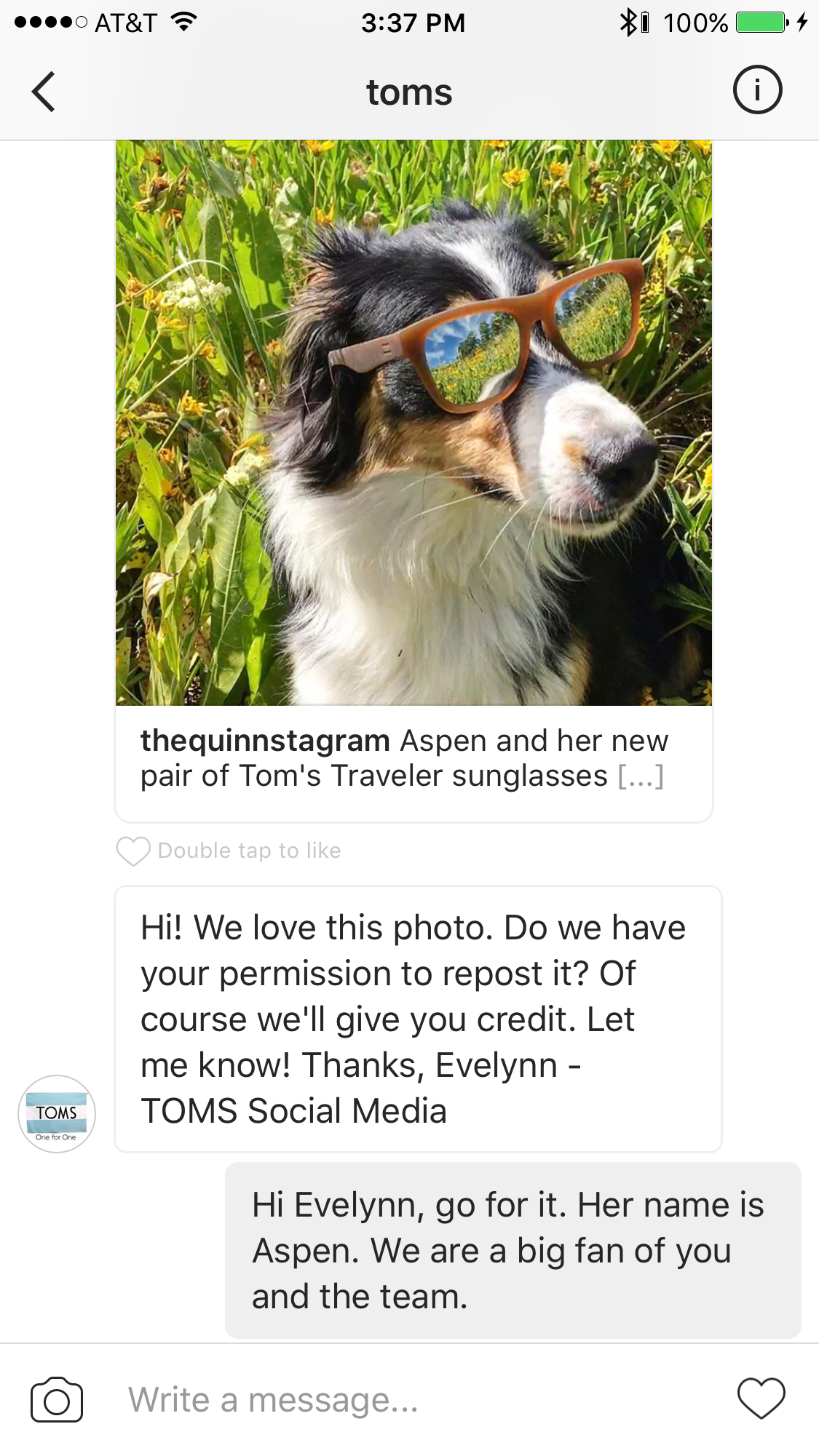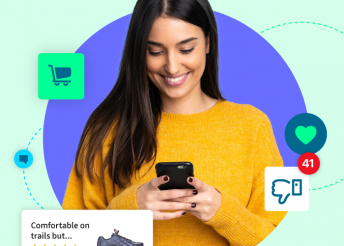A No Nonsense Guide to FTC Compliance for User Created Content
Keep UGC Compliance Simple.
Kelly Johnson led a team of US Navy engineers in the 1960’s during a time when airplane use in battle was at an all-time high. This opportunity led Johnson to challenge his team to build high quality planes that are still simple enough that non-trained mechanics can fix them during battle. During Johnson’s first day with his team, he handed them a set of basic tools and said, “Keep it simple stupid (acronym KISS).” Hence, the stupid refers to the relationship between the way airplanes break and the sophistication available to repair them.
KISS is the same recommendation and insight I give to digital marketing executives and their brands when the brand leverages User Generated Content (UGC).
More and more brands are recognizing the value of UGC. Content created by real people is often more genuine and authentic, telling a better story than the brand could dream up on its own. (And at a fraction of the cost.)
With that being said, here are a list of recommendations that will facilitate a legal, safe and effective path forward to using UGC content created by others, and answer these questions:
Questions
- When does a brand need to get permission to use a photo and from whom?
- How do you get permission to post the material, copyrighted or not?
- How much do I have to compensate the user?
- Could posting of the content be considered a “fair use” under the Copyright Act?
- What are the penalties for infringing someone’s copyright?
- If I ask someone to create or post content on a brand’s behalf, what disclosures are necessary?
1. Is Permission Needed for UGC?
You always need to get permission from the creator, but before you do, ask yourself these questions:
- Will we profit from using this image and does it qualify as an advertisement?
- Are we taking the content out of the protections of the networks’ term of service? e.g. Taking a Facebook picture and hosting it on your website or on a billboard requires permission from the user.
If the answer is yes to the above, you simply need to ask the creator, and if it involves other people, ask them as well for permission. Typically speaking, you won’t have to ask others in the photo unless you plan on having the picture generate a lot of money or be in front of a lot of people. As those numbers increase, so does the idea of needing to ask.
Take Tom’s request to use my picture on Instagram. They simply sent me a note, and I said yes. Days later my photo was used on their social accounts.
2. How to Get Permission to Use Content
This is simple. First, contacting the owner is the easiest and makes the most sense. If this is someone who is a professional, another route is to contact the Copyright Clearance Center at www.copyright.com. Creators of UGC have the ability to license their UGC and have it recorded, herein.
To mitigate the risks of recrimination, I suggest that doing a little more due diligence will go a long way. Provide links to the original source, credit the person who took it, and always remember the devil is in the details especially when money is being made of the UGC.
3. Compensating the Creator
In many situations, I recommend people spend nothing for compensating UGC creators. Most of the time, being validated and posted by one of your favorite brands is compensation enough. If you run into higher profile individuals, free swag, increased recognition, exclusive access, experiences and other similar items will work in terms of compensation.
4. Fair Use and the Copyright Act
Use of the UGC is likely fair if:
- Character of the use is nonprofit, educational or personal
- Nature of the material used is factual published material
- Only a small amount of the material will be posted
- Impact on the market for the material is very small
Use is likely not fair if:
- Character of the use is commercial (e.g. promoting a product or service, charging to access the copyrighted material, advertisements)
- Use was “fair” at one time but has been repeatedly reused or more widely distributed, or the copyright owner has requested that the use be limited or discontinued. (e.g. use of a portion of a journal article or a photo may have been “fair use” one time, but used annually for the same event or purpose, loses its “fair use” character)
5. Penalties for Copyright Violation
Typically, the penalties are quite nominal and in most cases, you will simply be asked to take it down and that’s it. Upon taking it down it’s like nothing happened; especially if it’s used in a nominal fashion. However, if the use is extensive the penalties are more dramatic:
- A copyright holder’s first response to an act of infringement is to send you a “cease and desist” letter demanding that you stop infringement. The copyright holder can go to court to get an injunction or a court order requiring you to remove the infringing material from your account, web page or profile. Additionally, a copyright holder can file a claim for actual damages suffered by the copyright holder as a result of your infringement.
- If the copyright has been registered with the U.S. Copyright Office, the copyright holder can file a claim for “statutory damages” without proving that the copyright holder was actually harmed by the infringement. An award of statutory damages can be as little as $750 or as much as $30,000. If the copyright holder can prove that you knew the work was protected under the law, an award of damages can be as much as $150,000.
6. Sponsored Content
Instead of discovering content, what if your brand asks a social user or celebrity to create and post a piece of content? Keeping it simple and avoiding trying to work around the FTC is best here too. For social posts (like Twitter, Instagram, Facebook, etc.) ask the creator to use the hashtag #ad or #sponsored along with their post. If it’s video (like on YouTube), creators are required to clearly disclose in the video itself that they received product or payment for the video. Just putting an #ad or #sponsored hashtag in the description of the video isn’t enough. Check out the FTC’s Endorsement Guides: What People Are Asking for a more in-depth picture.
In conclusion, keep it simple stupid. UGC is far too powerful not to be used and certainly you, your team and brand should not shy away from using it. Do your due diligence, ask for permission and keep records.





